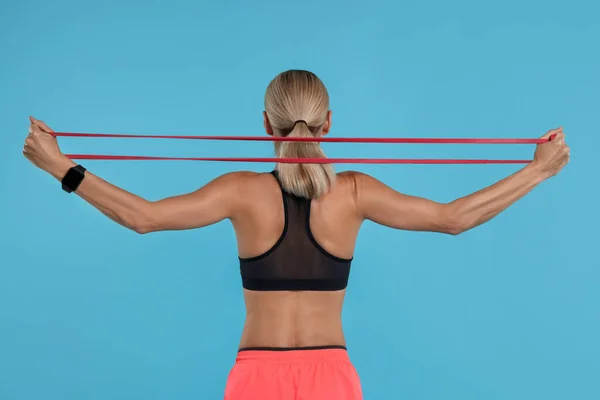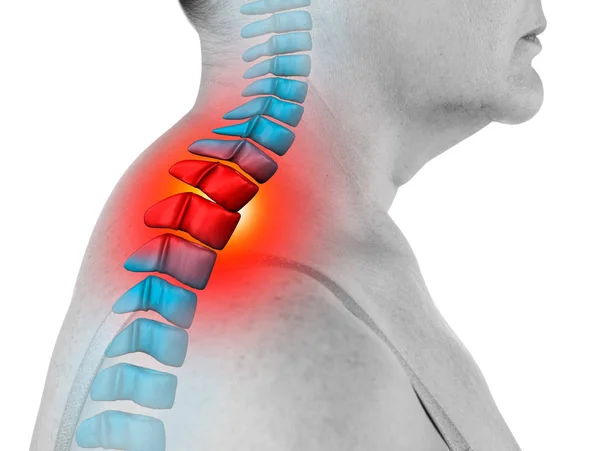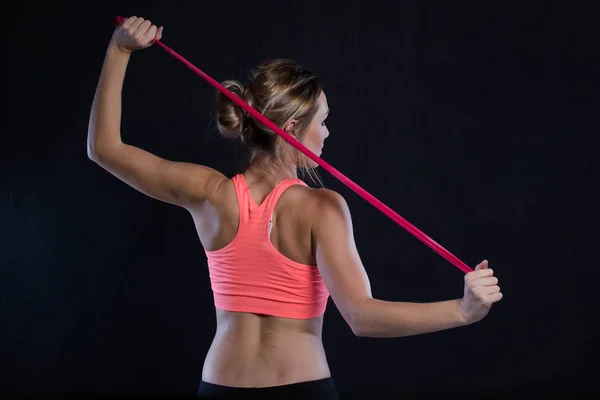Many individuals experience discomfort due to a neck hump, often accompanied by back pain. This condition, sometimes referred to as dowager’s hump or kyphosis, can be attributed to various factors, primarily poor posture and muscle weakness. Fortunately, there are effective exercises and posture corrections that can help alleviate this issue.

What is a Neck Hump?
A neck hump is characterized by an abnormal curvature of the spine, particularly at the junction of the cervical and thoracic regions. This condition can manifest as a rounded prominence at the back of the neck, leading to both aesthetic concerns and physical discomfort. The term “neck hump” encompasses various forms of spinal deformities, including dowager’s hump, which is primarily caused by prolonged poor posture and muscle deterioration over time.
Common causes of a neck hump include:
- Chronic poor posture: Regularly leaning forward or looking down can significantly contribute to spinal curvature.
- Aging: Natural wear and tear on the spine can lead to structural changes.
- Muscle weakness: The upper back and neck muscle weakness can exacerbate poor posture.
- Injuries: Past injuries may affect spinal alignment.
Can a Neck Hump Be Fixed?
Yes, a neck hump can often be corrected with proper treatment and lifestyle changes. The key lies in early intervention, which may involve physical therapy, exercise, and adjustments in daily habits. While some cases may require medical intervention, such as surgery for severe deformities or underlying health issues, many individuals find relief through non-invasive methods.

The Best Neck Hump Exercises
Incorporating specific exercises into your routine can significantly improve posture and reduce the appearance of a neck hump. Here are some effective exercises recommended by experts:
- Chin Tucks: This exercise helps realign the head over the spine. To perform it, sit or stand with good posture, and gently retract your chin toward your neck without tilting your head up or down. Hold for a few seconds and repeat several times.
- Shoulder Blade Squeezes: Strengthening the upper back muscles is crucial. Sit or stand with arms at your sides, squeeze your shoulder blades together as if trying to hold a pencil between them, and then release. Repeat this exercise multiple times.
- Pectoral Stretch: Stretching the chest muscles can alleviate tension caused by rounded shoulders. Stand in a doorway with your arms raised to form a goalpost shape against the frame. Lean forward gently to stretch the front of your shoulders.
- Wall Angels: Stand with your back against a wall and arms at your sides. Slowly raise your arms overhead while keeping them against the wall, then lower them back down. This exercise promotes shoulder mobility and strengthens upper back muscles.
- Cat-Cow Stretch: This yoga pose helps improve spine flexibility. Start on all fours, arch your back upwards (cat) and then dip it downwards (cow), coordinating your breath with each movement.
Tips for Improving Posture
In addition to exercises, maintaining proper posture throughout daily activities is essential for reducing neck humps and associated pain:
- Be Mindful of Your Position: Keep screens at eye level to avoid leaning forward when sitting at a desk or using electronic devices.
- Take Regular Breaks: Stand up, stretch, and walk around every 30 minutes to relieve tension in your neck and back.
- Strengthen Core Muscles: A strong core supports overall posture; consider incorporating core-strengthening exercises into your routine.
- Use Ergonomic Furniture: Invest in chairs and desks that promote good posture.
Conclusion
Addressing a neck hump requires a commitment to both exercise and lifestyle changes. By understanding what causes this condition and implementing effective strategies for correction, you can significantly improve your posture and alleviate discomfort. If you experience persistent pain or notice significant changes in your spine’s curvature, consult with a healthcare professional for personalized guidance tailored to your needs.










